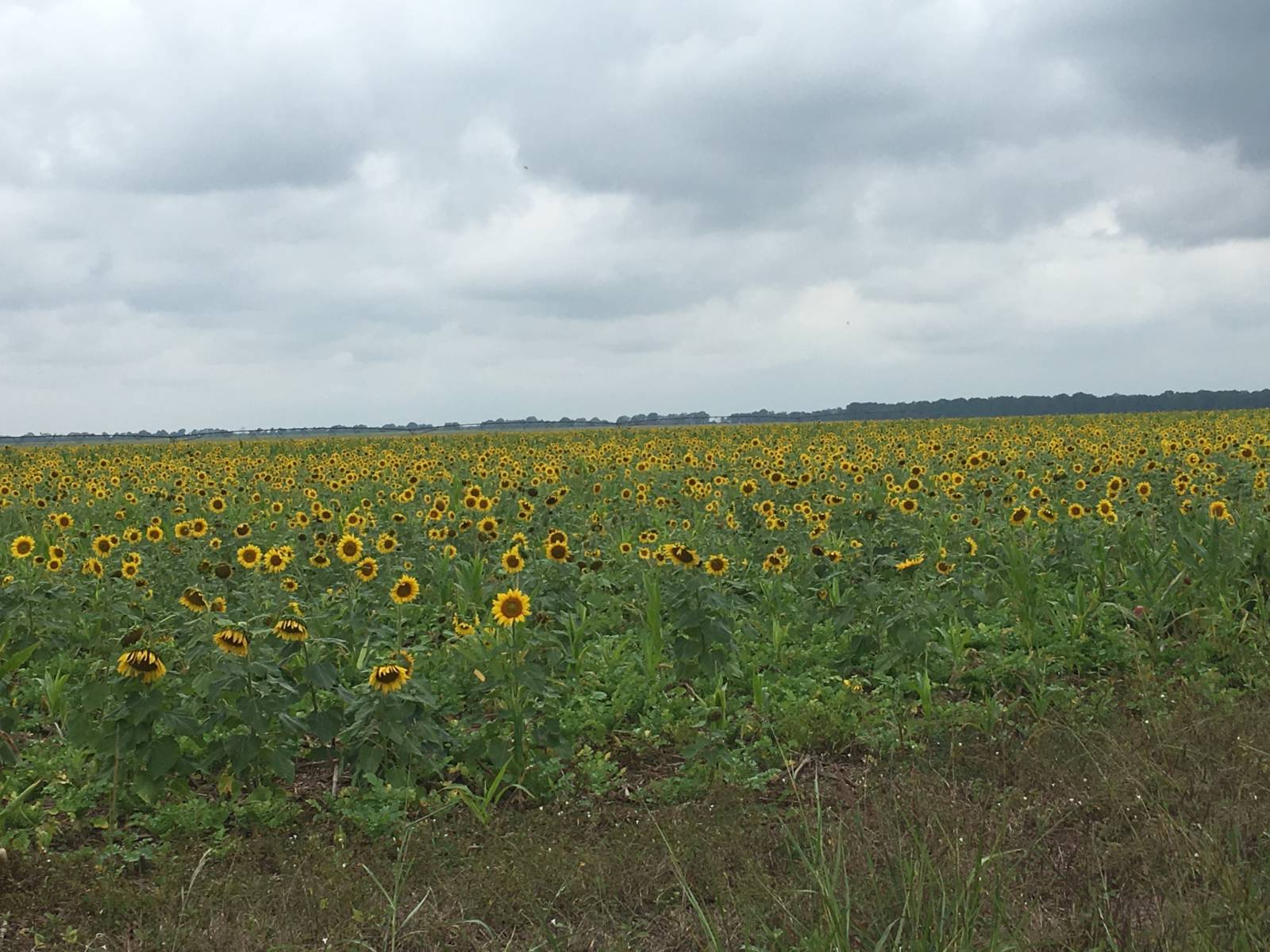U.S. soybean farmers work to continuously improve the sustainability of their farms. Adoption of cover crops has increased as more farmers have access to data and research. A cover crop application company recently developed the Cover Crop Information Map to provide a platform for farmers to share knowledge and information about implementing cover crops. An Agriculture.com article highlighted this resource to introduce it to U.S. farmers.
“The Cover Crop Information Map is a free resource for agricultural producers, researchers, and industry influencers wanting access to unfiltered, raw research data and methodology to help them translate and apply findings to their own trials and practices,” Jerry Hall says, director of research for the company, GO SEED.[1]
The interactive map allows users to find research and farm trial data most relevant to them. It includes research and trial summaries, as well as links to in-depth research reports. It includes more than 200 trials on 26 different topics related to cover crops.[2] And, farmers can add their own trials to the knowledge database to share with others.
For the last 10 years, Rick Clark, a farmer from Indiana in the U.S. Midwest, has been integrating cover crops into his 7,000-acre soybean and corn farm to reduce inputs. He has created a zero-fertilizer input system for his farm and decreased diesel fuel use nearly 50% since 2011 while maintaining yields.[1] He shares data on the Cover Crop Information Map.
“This platform is a great resource for producers wanting to get an idea of what is possible through the use of cover crops whether it be looking at published research or feature farm trials,” Clark explains. “The raw data provided will allow producers to adapt findings and management practices to suit their own unique geographical challenges and business needs to have greater success with their cover crops.” [1]
For Illinois soybean and corn farmer Andrew Reuschel, also in the U.S. Midwest, the website will be a tool to learn how others use cover crops. He has nearly 20 years of experience using them.
“We started with a very conservative approach to cover crops by planting cereal rye before soybeans to help control erosion. For a long time, we were like a ship without a compass – it took us a while to figure things out. Fast forward to present day and we are planting our corn and soybeans green, interseeding into corn, and utilizing mixes with up to 30 species. This has been a gradual process through speaking to other farmers about their experiences and then implementing multiple farm trials to find out what worked best for our system,” says Reuschel. “I’m excited this resource has been developed to help educate people about what can be achieved with cover crops and, more importantly, linking them to on-farm implementation.” [1]
The tool allows farmers to find information specific to their region, soil types, crop rotations, and more. It’s one example of how U.S. farmers and agronomists share knowledge for continuous improvement of the industry as a whole.
[1] New Cover Crop Information Map Centralizes Research and Farm Trial Data, Successful Farming, June 3, 2020.
[2] Cover Crop Information Map, GO SEED, June 2020.
